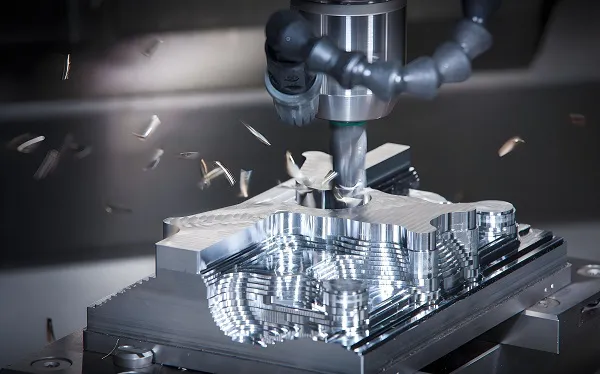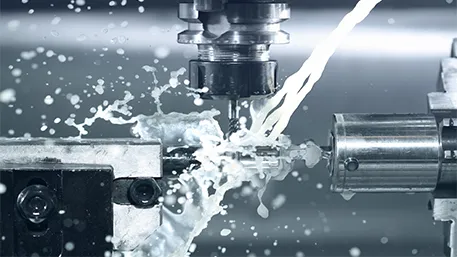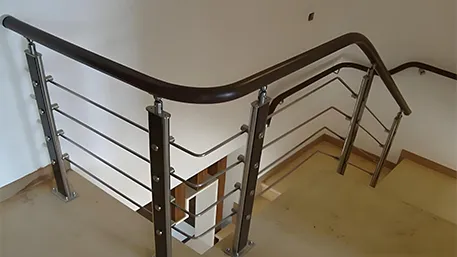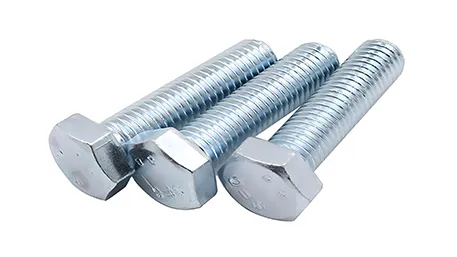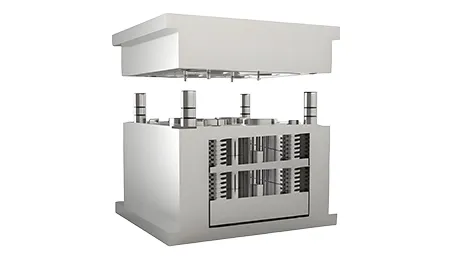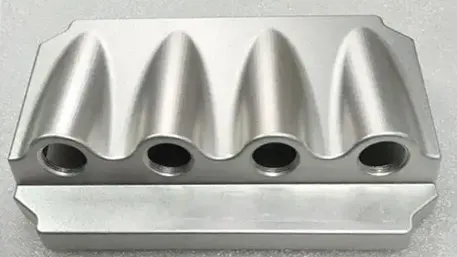Plastic pipe inserts, as key components in connecting and securing plastic piping systems, have a direct bearing on the stability and durability of the entire piping system due to their design and manufacturing quality. They are typically embedded inside or outside of plastic piping to provide additional strength, sealing, connectivity or as a base for other accessories. Customized plastic pipe inserts can provide precisely matched solutions for different application requirements, such as pressure level, media type, operating temperature, etc.
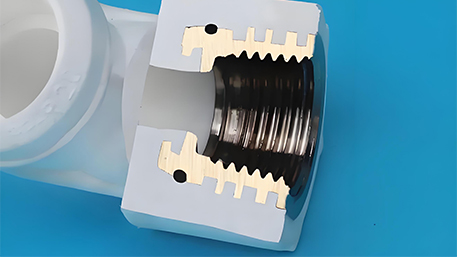
1.Plastic pipe inserts production process
Design and mold development: Inserts are designed according to the specific needs of the customer, including size, shape, material and connection methods. Subsequently, injection or blow molds are manufactured according to the design drawings to ensure the accuracy and consistency of the inserts.
Raw material selection and pretreatment: According to the use environment and performance requirements of the inserts, choose the appropriate plastic raw materials, such as polypropylene (PP), polyethylene (PE), nylon (PA), polyvinyl chloride (PVC) or thermoplastic elastomers (TPE) and so on. Raw materials need to go through drying, mixing and other pre-treatment steps to improve processing performance and product quality.
Molding process: Using injection, blow molding or extrusion molding process, the pre-treated plastic raw materials will be processed into inserts. During the molding process, parameters such as temperature, pressure and injection speed need to be strictly controlled to ensure the dimensional accuracy and physical properties of the inserts.
Post-processing and inspection: trimming, deburring, cleaning and other post-processing operations are carried out on the molded inserts. At the same time, carry out quality inspection such as size measurement, appearance inspection and performance test to ensure that the inserts meet the design requirements and customer standards.
Packaging and shipment: Package the qualified inserts with necessary product description, installation guide and warranty information. According to the customer’s demand, arrange the shipment and logistics.
2.Customized plastic pipe inserts
Demand analysis: Communicate with customers in-depth to understand their application scenarios, pipe specifications, working pressure, media type and other specific needs.
Design program: according to the customer’s needs, design the size, shape, material, connection mode and other parameters of the insert, and provide preliminary design drawings and 3D models.
Sample making and testing: make samples according to the design scheme and conduct actual tests, including pressure test, sealing test, corrosion resistance test, etc., to verify the performance of the inserts.
Optimization and Adjustment: According to the test results and customers’ feedback, optimize and adjust the design scheme until it meets all the customers’ requirements.
Mass production: After confirming that the design scheme is correct, mass production will be carried out and the consistency and stability of product quality will be ensured.
Technical support and after-sales service: provide comprehensive technical support and after-sales service, including product consultation, installation guidance, troubleshooting, etc., to ensure customer satisfaction.
3.Plastic pipe insert material
Material: polypropylene (PP), polyethylene (PE), nylon (PA), polyvinyl chloride (PVC), thermoplastic elastomer (TPE) and so on.
Characteristics:
Corrosion resistance: these plastic materials have good corrosion resistance, can resist the erosion of a variety of chemicals, suitable for a variety of media environment.
Lightweight and high strength: Compared with metal materials, plastic inserts are lighter and have higher strength and stiffness, which can meet the requirements of most piping systems.
Easy processing: Plastic materials are easy to mold and process, and can produce complex shapes of inserts to meet diversified design needs.
Good sealing: plastic inserts usually have good compatibility with the pipe material, can provide reliable sealing performance to prevent leakage.
4. Characteristics of plastic pipe inserts of different materials
Products: PP inserts, PE inserts, PA inserts, PVC inserts, TPE inserts and so on.
Data:
PP inserts:
Density: 0.90-0.91g/cm³.
Temperature resistance range: -30℃ to +110℃
Tensile strength: ≥30MPa
Corrosion resistance: excellent, applicable to a variety of water quality and chemical environment
PE inserts:
Density: 0.92-0.96g/cm³
Temperature resistance range: -40℃ to +60℃
Impact toughness: high, with good impact resistance
Corrosion resistance: good, suitable for a variety of corrosive media
PA inserts:
Density: 1.1-1.4g/cm³
Temperature resistance range: -40℃ to +120℃
Tensile strength: ≥60MPa
Abrasion resistance: excellent, suitable for high wear environment
PVC inserts:
Density: 1.3-1.5g/cm³
Temperature resistance range: -15℃ to +60℃
Corrosion resistance: excellent, especially suitable for corrosive water and chemicals
Flame retardant: Flame retardant can be added according to requirements to improve safety
TPE inserts:
Density: about 1.0g/cm³
Temperature resistance range: -40°C to +80°C
Elastic recovery rate: high, with good elasticity and recovery performance
Chemical resistance: good, suitable for a variety of chemical environments
Customized Plastic Pipe Inserts FAQ
Q1: What are the advantages of plastic pipe inserts over metal inserts?
A: Plastic pipe inserts are lightweight, corrosion-resistant, easy to process, lower cost and other advantages, while providing better sealing and impact resistance, suitable for a variety of complex environments.
Q2: How to choose the right material for plastic pipe inserts?
A: When choosing the material for plastic pipe inserts, it is necessary to consider the application scenario, media type, operating temperature, pressure level and other factors, and consult the advice of professionals.
Q3: What is the customization process of plastic pipe inserts?
A: The customization process of plastic pipe inserts includes the steps of demand analysis, design scheme, sample making and testing, optimization and adjustment, mass production, as well as technical support and after-sales service.
Q4: How to ensure the installation quality of plastic pipe inserts?
A: Ensure that the inserts have good compatibility with the pipe material, install the inserts correctly according to the installation guidelines, and carry out necessary inspections and tests to ensure the installation quality.
Q5: What is the price of plastic pipe inserts?
A: The price of plastic pipe inserts is affected by a variety of factors such as material, size, degree of customization, production quantities, etc. The specific price needs to be negotiated and determined according to the customer’s needs and order quantity.

